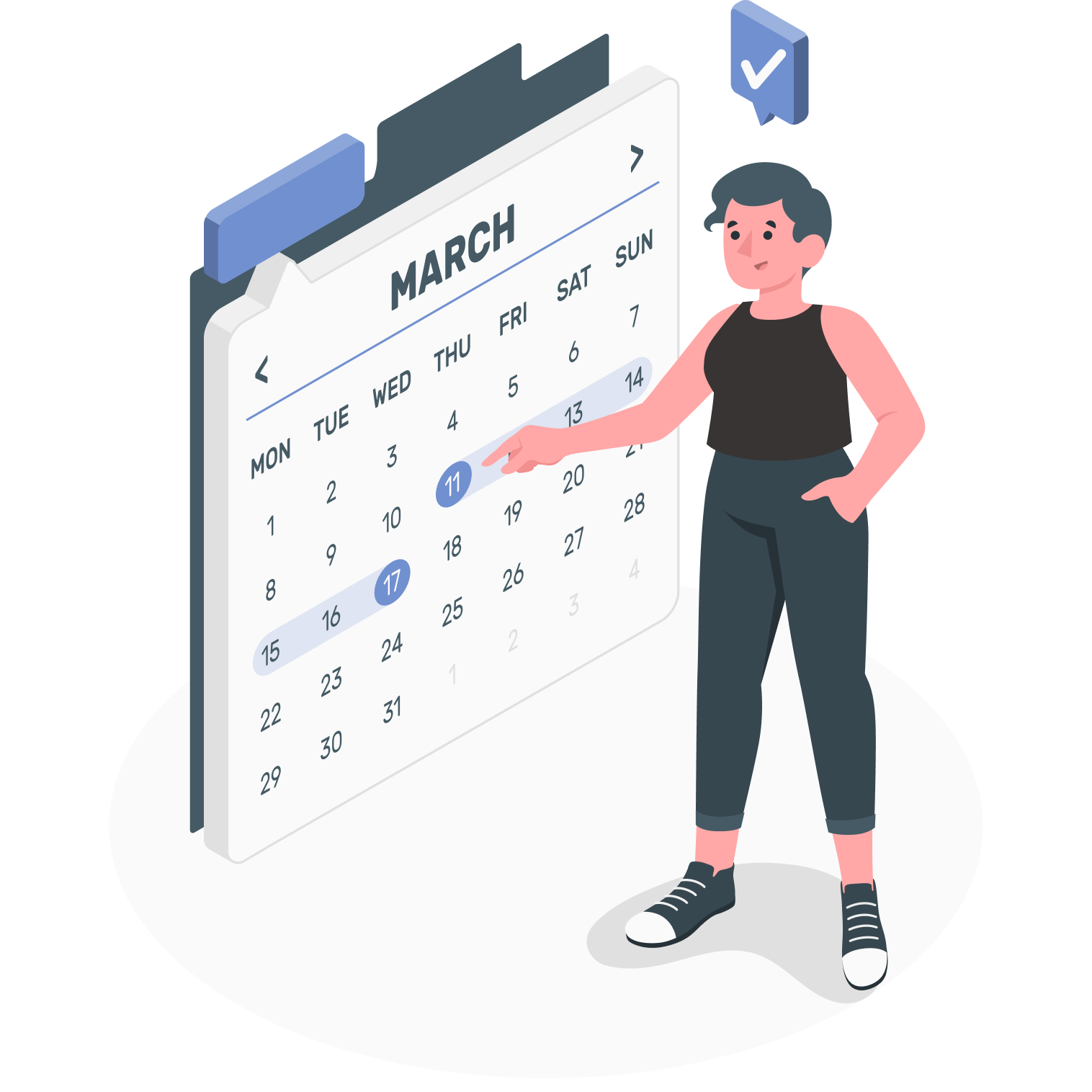Carbon monoxide, or CO, is an odorless and colorless gas that is produced when fuels like gasoline, wood, coal, natural gas and propane are burned. The most common sources are motor vehicle exhaust, smoke from fires, engine fumes, and nonelectric heaters.
CO from these sources can build up in enclosed or partially enclosed spaces which makes it extremely important to take steps to prevent carbon monoxide exposure. People and animals in these spaces can be poisoned and can die from breathing CO.
What are the symptoms of carbon monoxide poisoning?
According to the Centers for Disease Control and Prevention (CDC), more than 400 Americans die each year from unintentional CO poisoning. Symptoms of CO poisoning include:
- Headache
- Nausea
- Fatigue
- Dizziness
- Vomiting
- Chest pains
- Confusion
Therefore, if you have these symptoms, visit an urgent care at once.
How can I prevent carbon monoxide poisoning in my home?
CO poisoning is entirely preventable. You can protect yourself and your family by acting wisely in case of a power outage and learning the symptoms of CO poisoning.
- Install a battery-operated or battery back-up CO detector in your home and check or replace the battery when you change the time on your clocks each spring and fall.
- Don’t run a car or truck inside a garage attached to your house, even if you leave the door open.
- Never burn anything in a stove or fireplace that isn’t vented.
- Never heat your house with a gas oven.
- Never use a generator, charcoal grill, camp stove, or other gasoline or charcoal-burning device inside your home, basement or garage or outside less than 20 feet from a window, door or vent.
- Have your heating system, water heater, and any other gas, oil, or coal burning appliances serviced by a qualified technician every year.
Unintentional carbon monoxide exposure doesn’t have to be something you worry about in your own home if you’re aware of potential sources and know how to prevent it. By taking preventive measures, you can help keep your family safe from this invisible threat.







 (917) 310-3371
(917) 310-3371











